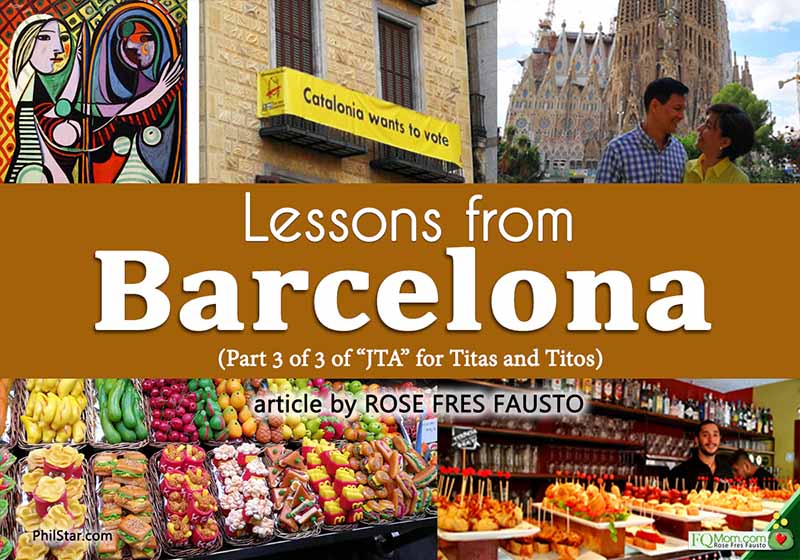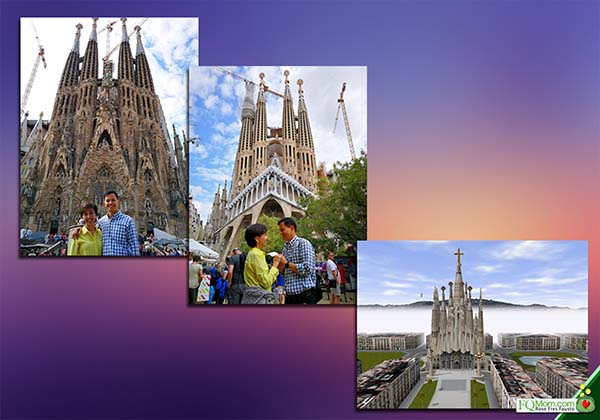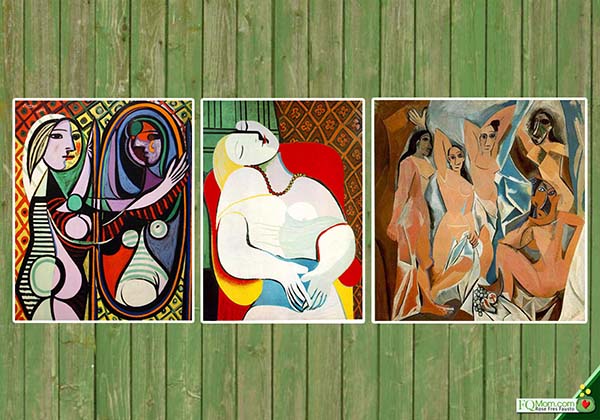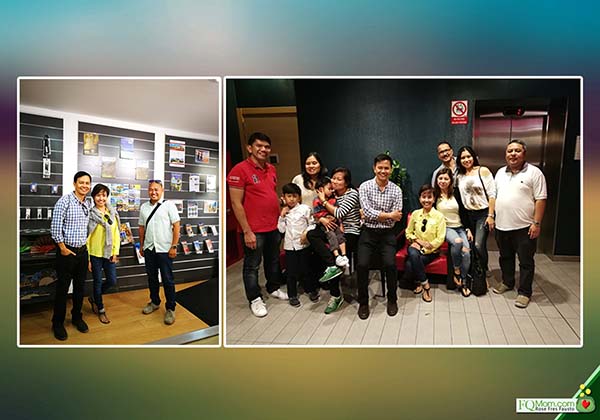Lessons from Barcelona (Part 3 of 3 ‘JTA’ for titas and titos)


Barcelona is the capital of Catalonia, the richest autonomous region of Spain in terms of Gross Regional Product ranking.
One month ago on Oct. 1, 2017, Barcelona held a referendum to decide whether the citizens of Catalonia want to be a country separate from Spain or not. This happened two days after we ended our vacation in Spain with Barcelona as its last stop. On our way to the airport, we had to make some detours because barricades were already being set up for this controversial event.
Barcelona, though not the capital of Spain, is sometimes more known than Madrid (the country’s capital). I remember the wide media coverage of the Barcelona Olympics in 1992 that contributed to the global popularity of the city. Filipinos who visit Spain most likely go to Barcelona. In fact, there are overseas Filipino workers in Barcelona than in Madrid.
Barcelona is the capital of Catalonia, the richest autonomous region of Spain in terms of Gross Regional Product ranking. Catalonia speaks its own language – Catalan – which developed independently out of Latin spoken by the Romans who colonized the region. It sounds like a mix of Spanish, French and Italian, with the latter two being more dominant than Spanish.
When I spoke to OFWs in Barcelona, there were those who were in favor of the independence, and those who felt otherwise. If you check out the news today, the battle between the two opposing factions continues to escalate. But if there’s one thing that they both agree on, it’s the fact that Barcelona is truly a cosmopolitan city rich in arts and architecture.
Antoni Gaudi and La Sagrada Familia
When I was younger, I would hear older people criticize over-the-top tasteless designs, “That’s too gaudy!” Later on, I would see photos of the never-ending construction of a church in Barcelona that’s over-the-top. It made me assume that the Catalan architect behind this church named Antoni Gaudi was how the word “gaudy” came to be. But that was a wrong assumption. The word “gaudy” had long been in use centuries before Gaudi was born.
Gaudi was born in 1852, became an architect greatly influenced by nature and religion. His first commissioned work were the candelabras or lampposts at Real Plaza. They were pretty simple and straightforward in design.

The first commissioned work of Antoni Gaudi were the lampposts in Real Plaza in Barcelona.
Gaudi’s magnum opus is the Templo Expiatorio de la Sagrada Familia or Basilica and Expiatory Church of the Holy Family. All my three sons visited this iconic structure ahead of me. I was surprised that they all liked it. I thought I wouldn’t, “It looked so gaudy in photos!” But just like what happens when you understand the history of something, I ended up appreciating this most visited monument in Spain. The original architect of this church that started construction in 1882 was not Gaudi, and the intention was to do a Gothic revival. When Gaudi took over, he changed the design radically.
The design of the church is extremely intricate and the construction period is really long. Gaudi died in 1926 with the work only at 15 to 25 percent complete. The extraordinarily long and costly construction of La Sagrada Familia brought divisiveness to Barcelona. Should they complete it or abandon it? In the end, they decided to complete it. And guess what, they are scheduling the completion to happen in 2026, the centennial of Gaudi’s death. It takes 100 years to construct 85 to 75 percent of the structure. The decorative elements will be completed years after. For the meantime, the entrance fees of the millions of tourists (this writer included) who visit the place go to the La Familia Sagrada fund to finance the construction.

La Sagrada Familia taken from the three facades left to right: Nativity, Passion, Glory (in the future).
To appreciate the amount of work in La Sagrada Familia and its future appearance in 2026, watch this short video.
Gaudi’s Catholic faith intensified into the latter years of his life. He always included nature and religious images in his work. This earned him the title “God’s Architect” and today, there is a call for his beatification.
Pablo Picasso
Despite being born in Malaga in Andalusia in 1881, Picasso preferred to have his museum in Barcelona because of his long standing connections with the city. Their family moved to Barcelona after Picasso’s sister died of diphtheria, a traumatic experience for the young Pablo then.
His father was a painter and a great influence in awakening Pablo’s artistic gift. Stories say that Pablo’s first word was “piz” short for “lapiz” which means pencil. A tour of the Museo Picasso shows the evolution of his work. His first pieces were very similar to the masters’ pieces we saw in Museo Madrid. Some were already on large canvass, very “mature” and masterfully executed, you wouldn’t expect them from an artist at a tender age of eight!
Picasso’s work is often categorized into periods – Blue Period, Rose Period, African influenced period, Cubism and so on. It was interesting to note that he started copying the masters, then when he became very skilled, he allowed himself to find and express his own.
Not everyone may appreciate the distorted cubist images of Picasso’s masterpieces, but boy! these were what made him big!

Here are some of the most famous Picasso pieces, left to right: Girl before a mirror; The Dream; Les Demoiselles d Avignon.
This reminds me of how writing should evolve. We must be very strict with our grammar and sentence construction at the start, and it’s okay to pattern our work after our most admired writers, but eventually we have to find your own voice, and this is when we get the right to use that literary/artistic license (alterations in the conventions of language in the name of art).
Unlike Gaudi who’s got a movement working to beatify him, Picasso, although born and raised a Catholic, later on became an atheist. Unlike Gaudi who never married, Picasso married twice and maintained mistresses in addition to his wives and primary partners. Throughout his long life (91 years), he remained a prolific artist (painter, sculptor, printmaker, ceramist, stage designer, poet, playwright) achieving universal renown and immense wealth for his revolutionary artistic accomplishments.
My takeaways from these two masters
Both Gaudi and Picasso showed that you’ve got to be different and remarkable in order to succeed. In today’s lingo we can say, “You’ve got to be weird!” Marketing guru Seth Godin calls it “purple cow.” Let’s all ask ourselves that question, “What is my purple cow? What is my remarkable?”
Gaudi’s longest-running construction of La Sagrada Familia gave me a peace of mind and patience with what I’m trying to do. My bold and audacious dream is to make a dent in the saving and investing behavior or Filipinos (and other people, why not?) Sometimes when I realize how old I am now and how little I have achieved towards this dream, I lose heart. But that visit to La Sagrada Familia and learning that the earliest completion of the structure is 100 years after the architect’s death, gave me a breath of calm and happiness, as if a gentle voice whispered to me, “That’s okay Rose, just do what you can.”
And that was the sentiment I brought with me as Marvin and I met up with some of our kababayans working in Barcelona. Still, I cheerfully said, “Cheers to high FQ!” ![]()

*******************************
ANNOUNCEMENTS
1. Watch tomorrow’s FQwentuhan at 12 noon. We will show highlights of Barcelona and our FQwentuhan with our OFWs in Barcelona!
2. I will be the moderator of a segment at the Blogapalooza’s annual event, this time entitled Generation D (as in digital). This will be on Nov. 18, 2017 at the City of Dreams from 10 a.m. to 7 p.m.
3. Want to know your FQ score? Take it today. Click link to take the test. http://tinyurl.com/FQTest

Rose Fres Fausto is a speaker and author of bestselling books “Raising Pinoy Boys” and “The Retelling of The Richest Man in Babylon” (English and Filipino versions). Click this link to read samples – Books of FQ Mom Rose. She is a behavioral economist, a certified gallup strengths coach and the grand prize winner of the first Sinag Financial Literacy Digital Journalism Awards. Follow her on Facebook and You Tube as FQ Mom, and Twitter & Instagram as theFQMom.



















